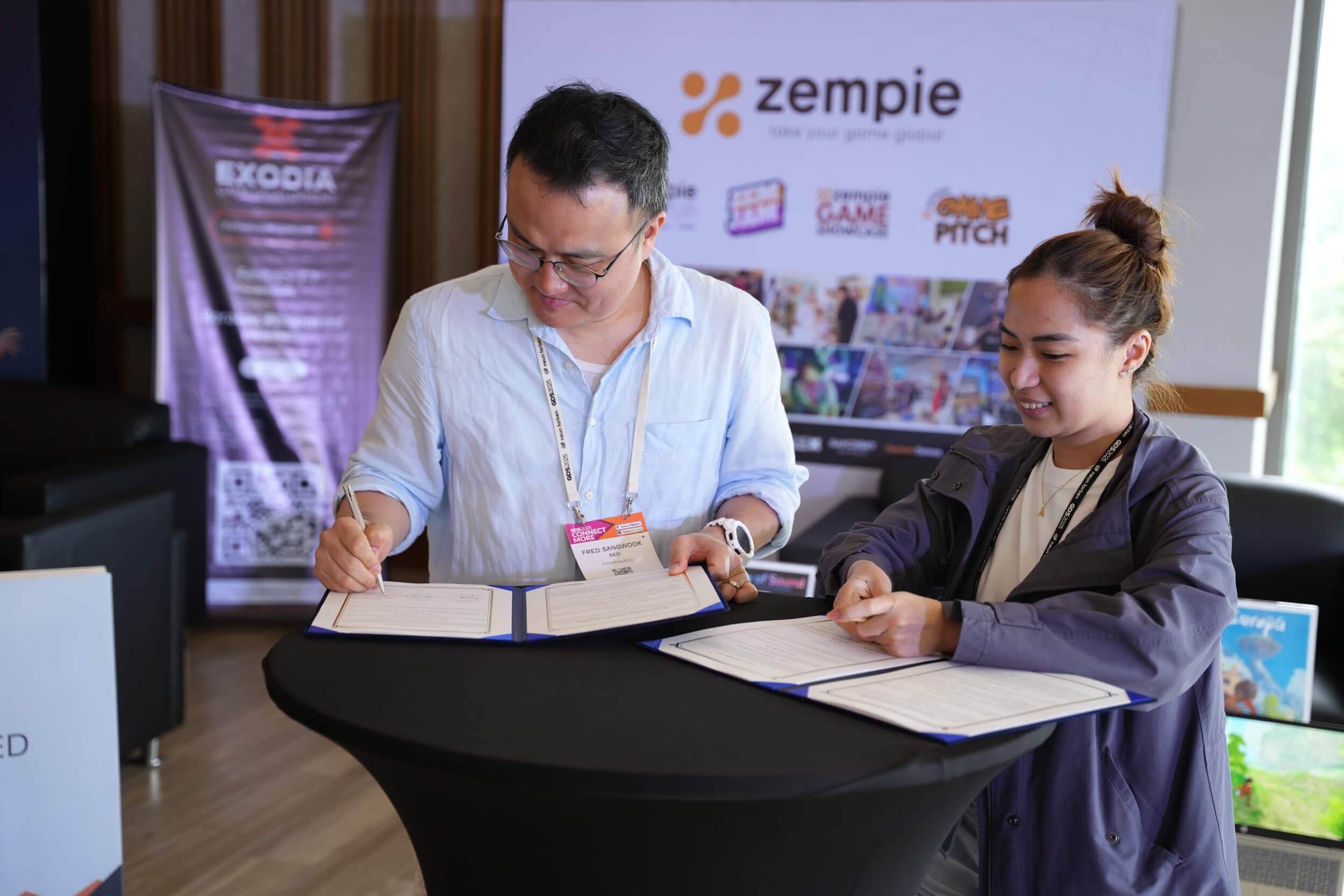
Philippine and South Korean Game Developers Forge New Alliances Through GameDev Summit
MANILA, Philippines — February 2025 — The GameDev Summit (GDS), the Philippines’ premier international games industry conference, is strengthening cross-border collaboration in Asia’s game development landscape through a series of strategic partnerships between Philippine and South Korean game organizations. The partnerships—first formalized through the signing of a Cooperation Agreement between the Philippines and South Korea’s…

Create More Collaborations: Strobetano’s GameDev Summit Story
When GameDev Summit (GDS) was founded by GameOps, its mission was clear — to create meaningful connections and collaborations across borders, empowering developers from emerging regions to find their voice on the global stage. Today, that mission continues to shine through stories like Strobetano, an indie studio founded by Roberto Bendinelli, an Italian-Filipino developer based…

GDS2025 Was One for the Books — Here’s What You Missed
The second edition of the GameDev Summit (GDS) concluded last February 5–7, 2025, marking its most impactful year yet. Held at The Lind Boracay and Sea Wind Resort, this international B2B gathering brought together developers, publishers, service providers, investors, educators, and government representatives from around the globe in a setting designed to foster meaningful dialogue…

What Happened During GDS2024?
Between the sun and the sand, what transpired during the two days at the GameDev Summit? The GameDev Summit was able to pack 2 days worth of talks, workshops, networking and more. XDS Main Stage Talks and Panels Our collaboration with the XDS Main Stage for the ExDev Track resulted in an excellently balanced program…















